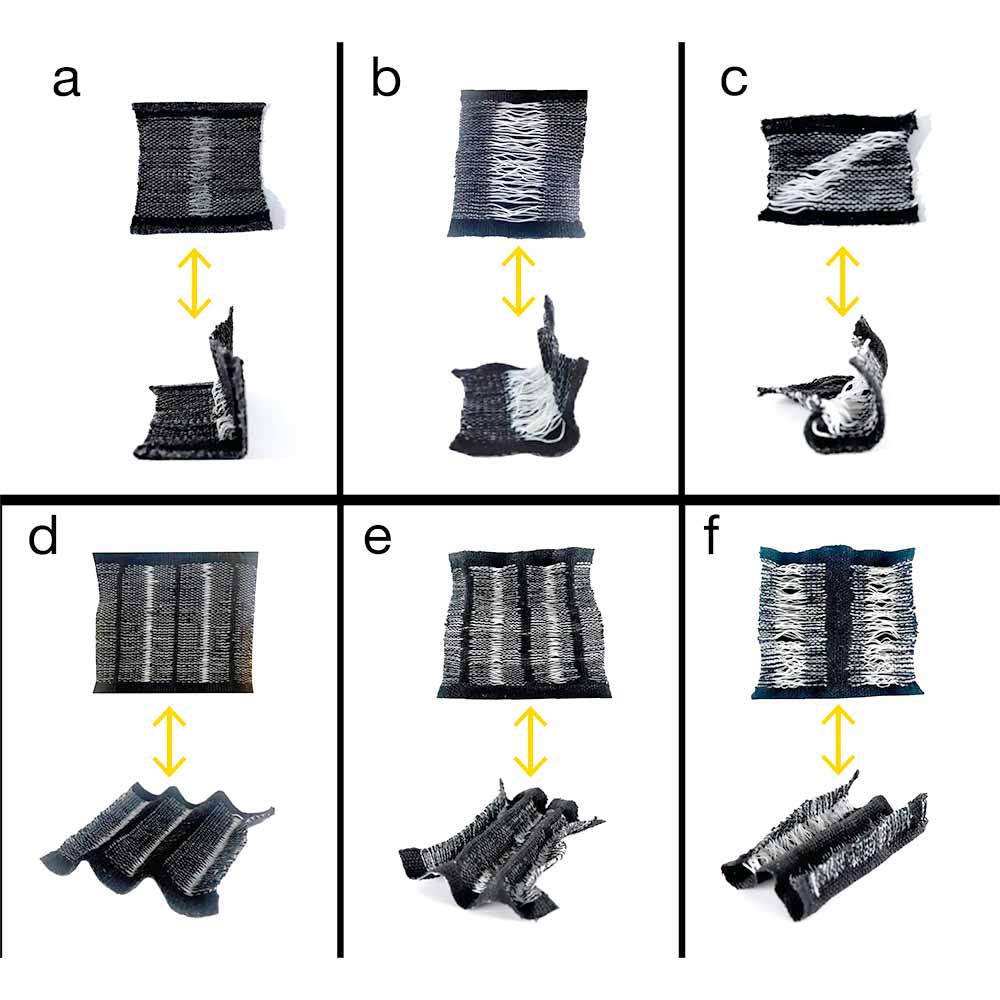Invisibility cloaks are frequently spotlighted in science fiction, showcasing futuristic technology. While similar advancements in smart clothing aren’t ruled out in the near future, there are equally intriguing applications on the horizon. Besides aesthetic features like color-shifting, researchers are advancing a new wave of smart textiles capable of adapting their structure to regulate body temperature. A recent development comes from a team of specialists at MIT in the United States, unveiling a material with this remarkable capability.
Smart textiles that change according to environmental conditions
Many of us have likely experienced the dilemma of wearing too many or too few clothes when stepping out on the street. Perhaps the weather unexpectedly turned too hot, rendering a thick sweater uncomfortable. Conversely, a sudden chilly wind may have left us regretting the choice of a denim jacket instead of a warmer wool coat. MIT suggests a solution to these weather-related challenges is using liquid crystal elastomer (LCE) fibers, known as FibeRobo. These fibers can regulate body temperature, offering a promising solution to address such weather fluctuations.

What are their characteristics?
Smart textiles’ distinguishing feature is their ability to sense the environment and respond to stimuli, typically achieved through passive means or by utilizing external energy sources.
MIT’s fibers fall into the category of passive smart textiles. They autonomously contract in response to a drop in temperature, enhancing thermal insulation. As the ambient temperature increases, the fabric regains its original structure—all achieved without electricity.
An additional advantage of this smart fabric is its compatibility with other textiles, including electrically conductive fibers. This allows for electrical signals to contract or expand the fabric selectively. For instance, researchers envision sportswear garments like bras whose fabric contracts before a training session.
The key to this functionality lies in the unique characteristics of the liquid crystal, capable of flowing like a liquid or settling into periodic crystalline structures. Developers integrated these crystals into an elastomer network, mimicking a rubber band’s stretching and contracting properties.
In the presence of heat, the crystals disarrange and compress the elastomer network, causing the fabric to contract. The manufacturing process allows fine-tuning the thermal response to adapt to body temperature and desired levels of contraction or expansion.
Producing this innovative textile material posed challenges, but the research team successfully manufactured the LCE-based fibers using 3D printing and precision laser-cut parts. The process involves heating resins, generating yarns through nozzles, and subjecting them to ultraviolet radiation. Remarkably, this technique produces up to one kilometer of fiber in a single day.
MIT’s smart material does not require sensors, circuits, or electronic devices to deliver its advanced functionalities. Additionally, researchers anticipate relatively low production costs, and the fibers can seamlessly integrate into existing manufacturing systems without needing new machinery.

Main functions of smart textiles
Alongside sustainability, the textile industry grapples with a significant shift towards smart garments. It’s crucial to distinguish between wearables, like patches integrated into T-shirts, and smart fabrics—textile fibers intrinsic to the garment’s structure, manufactured akin to conventional fibers like wool or cotton. Laboratories are currently focusing on five fundamental functionalities, employing either passive or active technologies:
- Sensors: These enable clothing to detect changes in temperature, light, heart rate, pressure, or humidity, among other factors.
- Communication: Crucially, garments will transmit information collected by sensors, either wirelessly or through circuits.
- Storage: Future clothing may store energy within its fibers for use by integrated computer systems.
- Data processing: Smart wearables are expected to possess some computational signal processing capability.
- Actuators: Certain fibers will convert energy into vibration, sound, or changes in structure, like MIT’s thermal fabrics.
For deeper insights into transformative technologies like smart fabrics and wearables, reshaping how we dress, work, and exercise, subscribe to our newsletter at the bottom of this page.
Source:
Photos:



